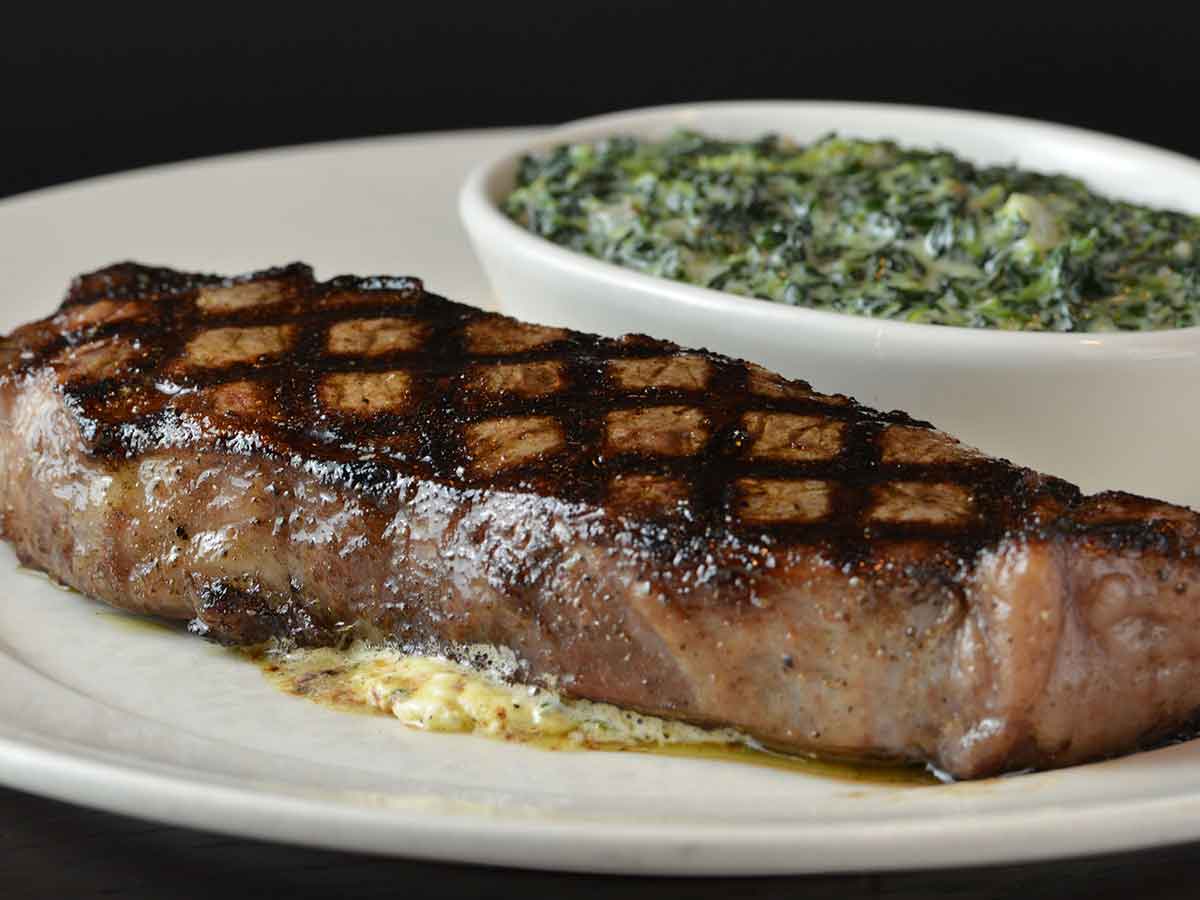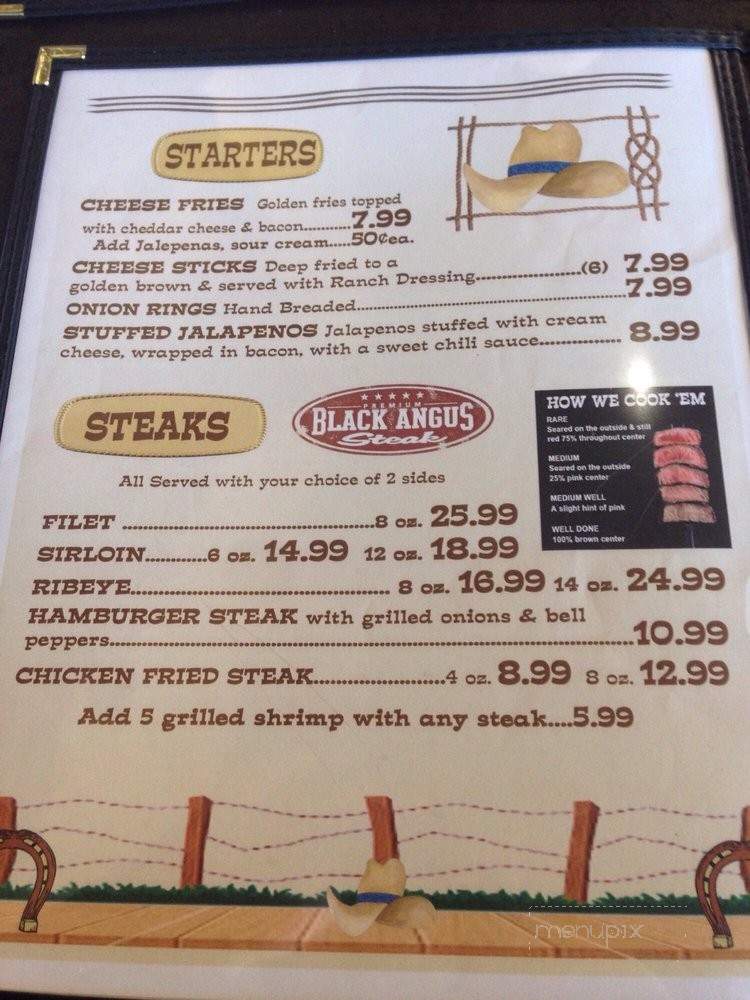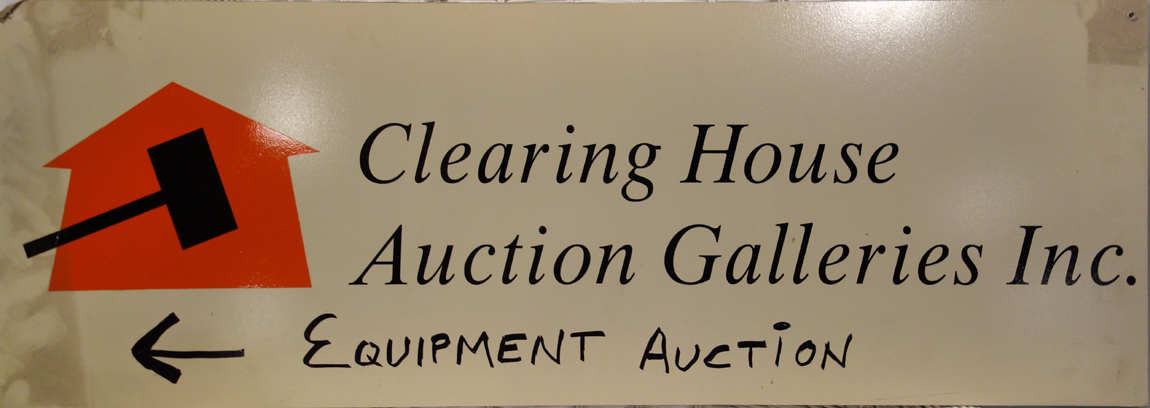Your Deer mouse or house mouse images are ready in this website. Deer mouse or house mouse are a topic that is being searched for and liked by netizens today. You can Download the Deer mouse or house mouse files here. Download all royalty-free photos.
If you’re searching for deer mouse or house mouse images information related to the deer mouse or house mouse topic, you have come to the right site. Our website frequently provides you with suggestions for seeing the highest quality video and picture content, please kindly surf and locate more enlightening video content and graphics that fit your interests.
Deer Mouse Or House Mouse. Deer mice are of medical concern because they are common carriers of hantavirus. Deer mice are slightly larger than house mice, and they are dark on top and light along their bellies. A house mouse generally likes to eat whatever he can find as soon as he finds it. A striking one is the color of their fur.
 Three Baby House Mice Mus Musculus Hanging Out In A Well Stocked Pantry Kitche Spon Hanging Musculus Pantry Stocke House Mouse Hanging Hanging Out From pinterest.com
Three Baby House Mice Mus Musculus Hanging Out In A Well Stocked Pantry Kitche Spon Hanging Musculus Pantry Stocke House Mouse Hanging Hanging Out From pinterest.com
Peromyscus is a genus of rodents.they are commonly referred to as deer mice or deermice, not to be confused with the chevrotain or mouse deer. House mice prefer to live near humans, and they especially like to make their way indoors. The deer mouse is typically a bit larger than a house mouse and is tawny brown or gray. Deer mouse is an accomplished swimmer and climber. Deer mice measure approximately 7 inches in length from the tip to the tail of the nose, which is about 5 inches longer than the average house mouse. Deer mice are slightly larger than house mice, and they are dark on top and light along their bellies.
Its tail is short and covered with fine hairs.
A deer mouse is around 7 inches from nose to tail. They are also perhaps the only mouse species that can make it in urban areas. Deer mice are known for their hoarding habit. It usually moves by walking or running. Brown, with white feet and underbelly. A deer mouse is around 7 inches from nose to tail.
 Source: pinterest.com
Source: pinterest.com
This is not the case with house mice, which are all brown or gray. This is the basis of their name. A deer mouse is known for its tendency to hoard food and carry it back to its habitat while a house mouse directly eats the food they found in a certain area and leaves it thereafter. Importantly, deer mice have a white underbelly and this white color extends to its underbelly, the underside of its tail, and often their legs. The droppings don’t have a smell.
 Source: pinterest.com
Source: pinterest.com
House mice are excellent jumpers, whereas deer mice are better climbers. These rodents rarely invade residential homes, but they can be a problem in farming areas, vacation homes, outbuildings and sheds. The most noticeable characteristic of the deer mouse is its white underbelly hair, which extends to the underneath of its tail. Deer mice also have a distinctive white belly that extends down to the tail. Deer mice are more agile and better runners and jumpers than their house mouse counterparts.
 Source: pinterest.com
Source: pinterest.com
A deer mouse stores his food differently than a house mouse. House mouse droppings look similar to a grain of rice. The deer mouse and house mouse are basically the same size, but the deer mouse has large eyes and ears, and resembles the white tail deer in color. House mice prefer to live near humans, and they especially like to make their way indoors. Peromyscus is a genus of rodents.they are commonly referred to as deer mice or deermice, not to be confused with the chevrotain or mouse deer.
 Source: pinterest.com
Source: pinterest.com
Only their bellies and legs are white. A deer mouse has dark gray or brown fur on its head and backs. Only their bellies and legs are white. A deer mouse stores his food differently than a house mouse. Deer mice are more agile and better runners and jumpers than their house mouse counterparts.
 Source: pinterest.com
Source: pinterest.com
The deer mouse is found in rural, outdoor areas. House mouse droppings look similar to a grain of rice. Another major difference between deer mice and house mice is found in the habitats that they prefer. Characteristics of a deer mouse. A deer mouse stores his food differently than a house mouse.
 Source: pinterest.com
Source: pinterest.com
A deer mouse gathers his food, such as stolen crumbs and seeds, near his nest, while a house mouse typically does not. Deer mice are known for their hoarding habit. Deer mice measure approximately 7 inches in length from the tip to the tail of the nose, which is about 5 inches longer than the average house mouse. The deer mouse is found throughout most of canada and the united states, with the exception of the southeastern u.s. There are deer mice facts that help to distinguish them from other types of mice.
 Source: pinterest.com
Source: pinterest.com
House mice are excellent jumpers, whereas deer mice are better climbers. The most noticeable characteristic of the deer mouse is its white underbelly hair, which extends to the underneath of its tail. Deer mouse may transmit hantavirus pulmonary syndrome since it can be a hantavirus carrier, but a house mouse can transmit lymphocytic choriomeningitis, rickettsialpox , and leptospirosis. A house mouse generally likes to eat whatever he can find as soon as he finds it. Characteristics of a deer mouse.
 Source: pinterest.com
Source: pinterest.com
Deer mice also have a distinctive white belly that extends down to the tail. You can distinguish between rats and mice by how they look: A striking one is the color of their fur. The size and nimbleness of a house mouse makes it adept at getting into small spaces. The deer mouse and house mouse are basically the same size, but the deer mouse has large eyes and ears, and resembles the white tail deer in color.
 Source: pinterest.com
Source: pinterest.com
The deer mouse is found in rural, outdoor areas. Brown, with white feet and underbelly. Deer mice measure approximately 7 inches in length from the tip to the tail of the nose, which is about 5 inches longer than the average house mouse. House mouse droppings look similar to a grain of rice. Deer mouse may transmit hantavirus pulmonary syndrome since it can be a hantavirus carrier, but a house mouse can transmit lymphocytic choriomeningitis, rickettsialpox , and leptospirosis.
 Source: pinterest.com
Source: pinterest.com
A house mouse generally likes to eat whatever he can find as soon as he finds it. Its tail is short and covered with fine hairs. A deer mouse has dark gray or brown fur on its head and backs. Deer mice are grey or tawny brown with a white underbelly and white feet. A house mouse generally likes to eat whatever he can find as soon as he finds it.
 Source: pinterest.com
Source: pinterest.com
Peromyscus is a genus of rodents.they are commonly referred to as deer mice or deermice, not to be confused with the chevrotain or mouse deer. House mouse droppings look similar to a grain of rice. This is the basis of their name. House mice are excellent jumpers, whereas deer mice are better climbers. A deer mouse stores his food differently than a house mouse.
 Source: pinterest.com
Source: pinterest.com
Deer mice measure approximately 7 inches in length from the tip to the tail of the nose, which is about 5 inches longer than the average house mouse. Only their bellies and legs are white. You can distinguish between rats and mice by how they look: The deer mouse and house mouse are basically the same size, but the deer mouse has large eyes and ears, and resembles the white tail deer in color. Deer mice are of medical concern because they are common carriers of hantavirus.
 Source: pinterest.com
Source: pinterest.com
The most noticeable characteristic of the deer mouse is its white underbelly hair, which extends to the underneath of its tail. House mice prefer to live near humans, and they especially like to make their way indoors. Deer mice also have a distinctive white belly that extends down to the tail. The deer mouse, peromyscus maniculatus, is in a completely different family than the house mouse, mus musculus. This is the basis of their name.
 Source: ar.pinterest.com
Source: ar.pinterest.com
The size and nimbleness of a house mouse makes it adept at getting into small spaces. The deer mouse is found in rural, outdoor areas. Only their bellies and legs are white. Deer mice measure approximately 7 inches in length from the tip to the tail of the nose, which is about 5 inches longer than the average house mouse. These animals store seeds and other types of food in ground holes, tree cavities or bird nests.
 Source: cz.pinterest.com
Source: cz.pinterest.com
A deer mouse gathers his food, such as stolen crumbs and seeds, near his nest, while a house mouse typically does not. Deer mice measure approximately 7 inches in length from the tip to the tail of the nose, which is about 5 inches longer than the average house mouse. A deer mouse is around 7 inches from nose to tail. Characteristics of a deer mouse. Deer mice also have a distinctive white belly that extends down to the tail.
 Source: pinterest.com
Source: pinterest.com
Deer mice also have a distinctive white belly that extends down to the tail. A deer mouse is around 7 inches from nose to tail. House mice prefer to live near humans, and they especially like to make their way indoors. The deer mouse and house mouse are basically the same size, but the deer mouse has large eyes and ears, and resembles the white tail deer in color. The deer mouse, peromyscus maniculatus, is in a completely different family than the house mouse, mus musculus.
 Source: pinterest.com
Source: pinterest.com
One of the best ways to know whether house mice or deer mice have been in your home is to look for droppings. Deer mice are usually between five and eight inches long and weigh anywhere between half and ounce and 3.9 ounces. Only their bellies and legs are white. These animals store seeds and other types of food in ground holes, tree cavities or bird nests. Brown, with white feet and underbelly.
 Source: pinterest.com
Source: pinterest.com
The deer mouse and house mouse are basically the same size, but the deer mouse has large eyes and ears, and resembles the white tail deer in color. Deer mice measure approximately 7 inches in length from the tip to the tail of the nose, which is about 5 inches longer than the average house mouse. You can distinguish between rats and mice by how they look: The size and nimbleness of a house mouse makes it adept at getting into small spaces. The deer mouse is most often associated with the name field mouse.
This site is an open community for users to share their favorite wallpapers on the internet, all images or pictures in this website are for personal wallpaper use only, it is stricly prohibited to use this wallpaper for commercial purposes, if you are the author and find this image is shared without your permission, please kindly raise a DMCA report to Us.
If you find this site beneficial, please support us by sharing this posts to your own social media accounts like Facebook, Instagram and so on or you can also save this blog page with the title deer mouse or house mouse by using Ctrl + D for devices a laptop with a Windows operating system or Command + D for laptops with an Apple operating system. If you use a smartphone, you can also use the drawer menu of the browser you are using. Whether it’s a Windows, Mac, iOS or Android operating system, you will still be able to bookmark this website.








